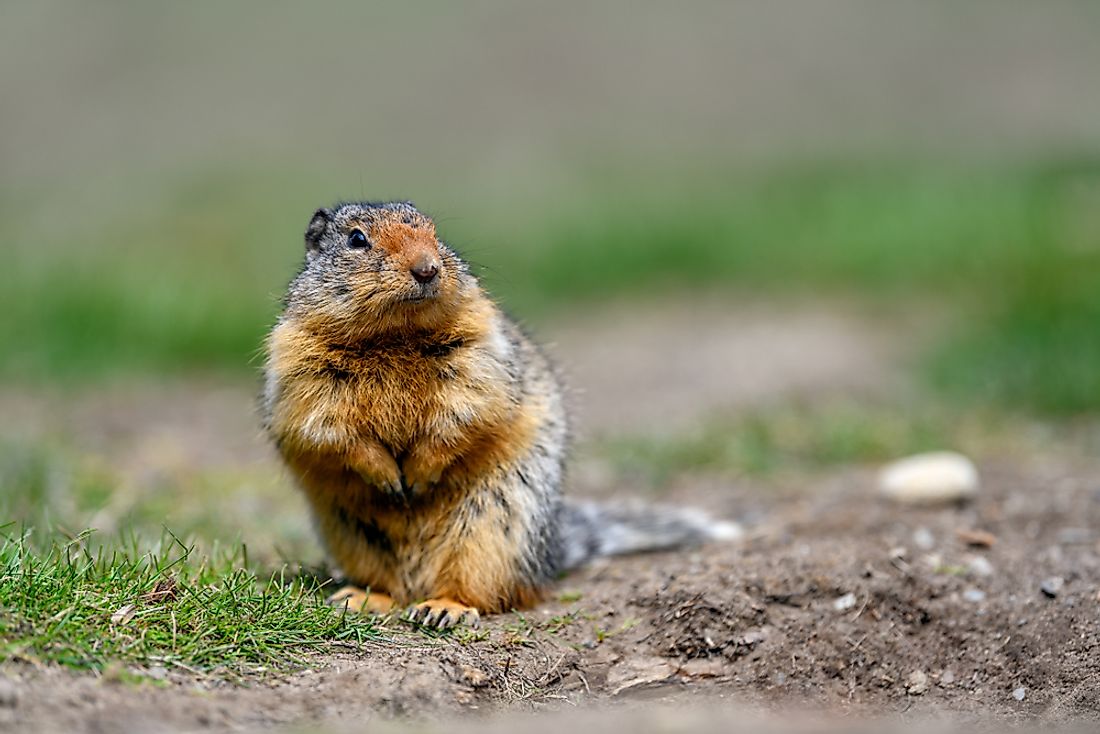What is the Holarctic?

The Holarctic region is among the six major regions in the world which are classified based on the characteristic of animal life. It encompasses most of the habitats found on the northern hemisphere. It spans all nontropical areas of Europe and Asia, North America, south of the Mexican desert region and Africa north of the Sahara. The region is divided into Nearctic (New World) and Palaearctic regions (Old World) subregions. The Nearctic and Palearctic areas have several species in common. The vegetation divisions that roughly corresponds to the region are the Paleotropical and Boreal kingdoms. The plants and animals in the region include a wide variety of amphibians, fishes, mammals, birds, and reptiles.
Major Ecosystem
The Holarctic is comprised of several ecosystems with the type of ecosystem existing in a particular area depending on local geography and latitude. Tundra circles can be found around the Arctic Ocean in the far north. The ground underneath is permafrost which is frozen throughout the year. The adverse conditions make the growth of plants difficult which means that only a few plants can survive in the region. The Boreal forest region is found south of the tundra and extends across Eurasia and North America. The area has mainly coniferous trees. The ecosystem found south of the Boreal forest is more diverse than in any other region, and they include the temperate forest which is comprised of deciduous trees, while others are covered by temperate grassland. The Holarctic's southernmost part reaches into the desert, an area that consists of animals and plants adapted to dry conditions.
Origin
The northern parts of the Holarctic are as a result of a shared glacial activity. The areas were affected by the different effects of glaciations in the Pleistocene period. Icecaps increased in size scouring the land and reshaping the topography. Species that survived in the glacial period were in refugia (smaller parts of the region that maintained favorable climate due to local geography). The refugia were most likely in the southern regions, but some paleontological and genetic evidence suggests that there were refugia areas in the north. The refugia became the source of plant and animal population during the interglacial periods. After the recession of the glaciers animals and plants quickly spread into the newly available land. The various taxa responded differently to the changing environmental conditions. One of the biggest factors that contributed to the continuity of the Holarctic ecosystem is the Bering Land Bridge that allowed movement across various continents. The similarity in some of the species in the Palearctic and Nearctic is as a result of the interchanges that happened across the Bering Land Bridge. The movements were however limited to larger species that could tolerate the cold.
Species In The Region
There are different animal species found across the world in Holarctic regions, and they include, moose, red fox, brown bear, wolverine, golden eagle, brown bear, and caribou. The Holarctic is a vast area and is affected by environmental challenges. Some of the major threats include habitat fragmentation and global warming.











